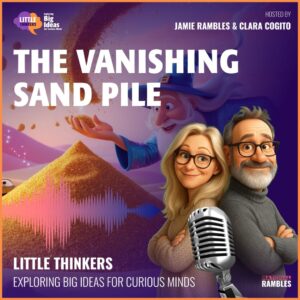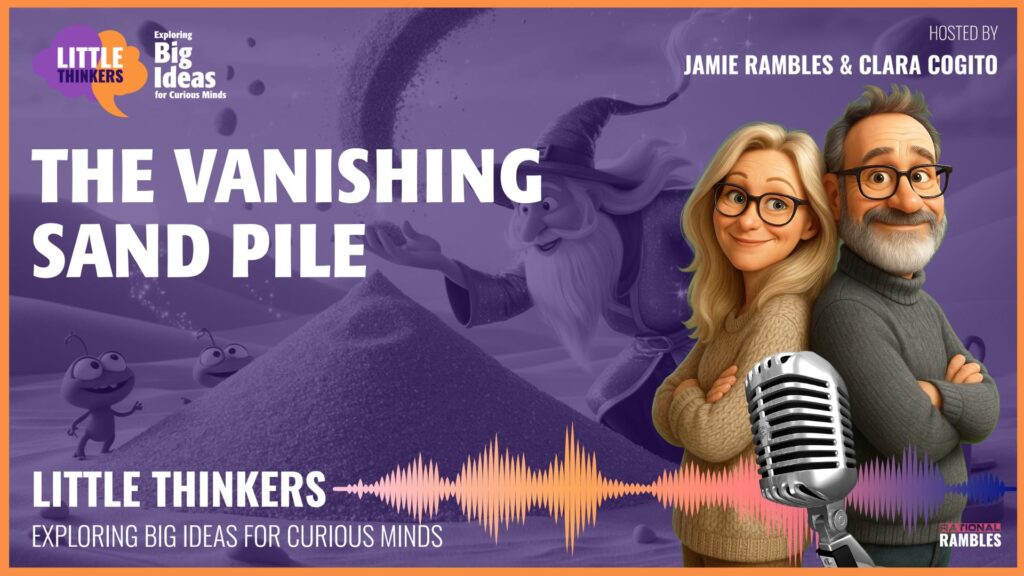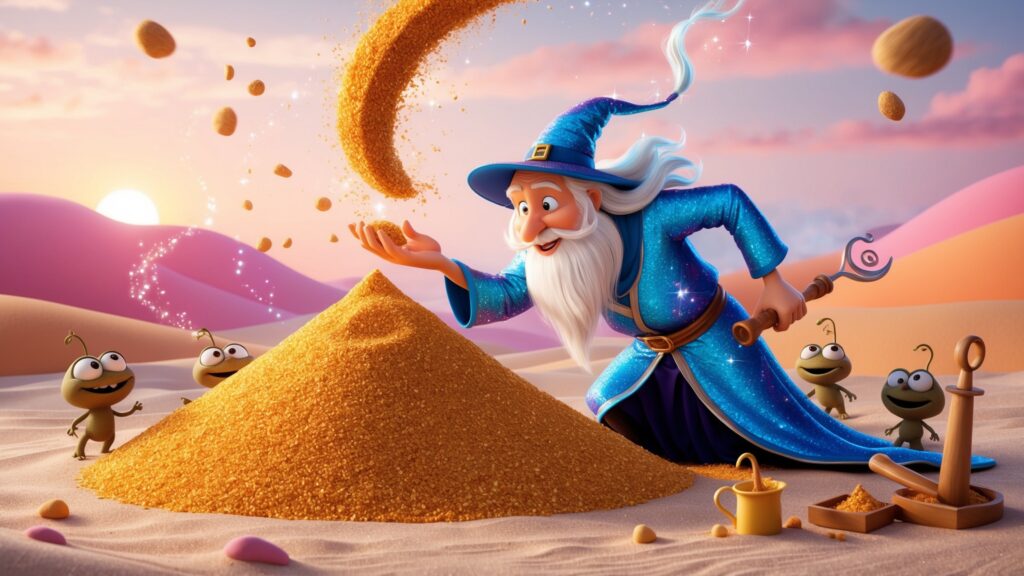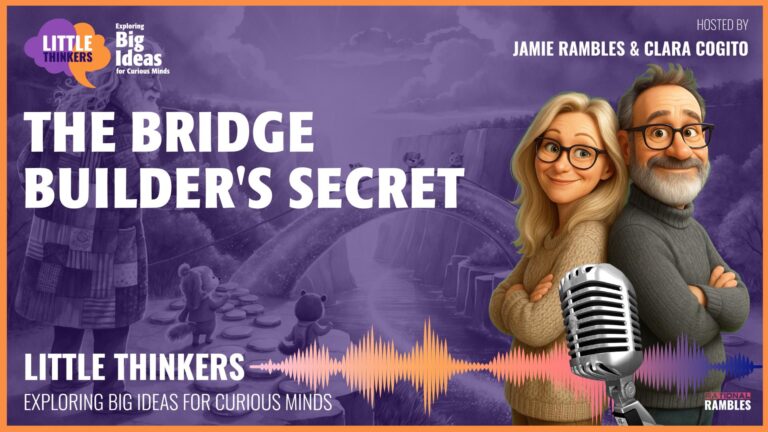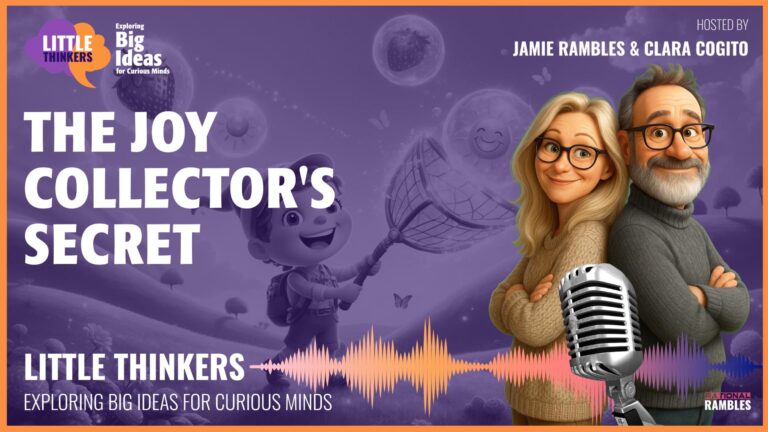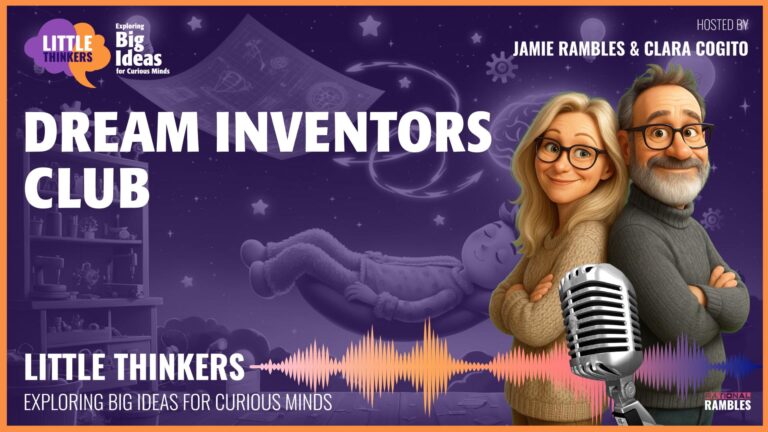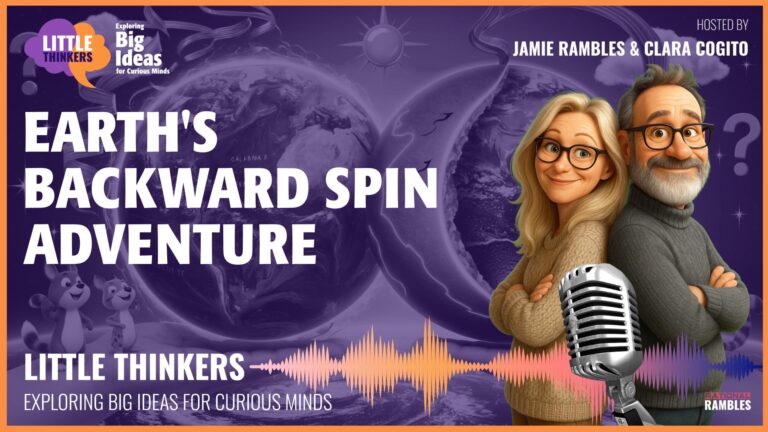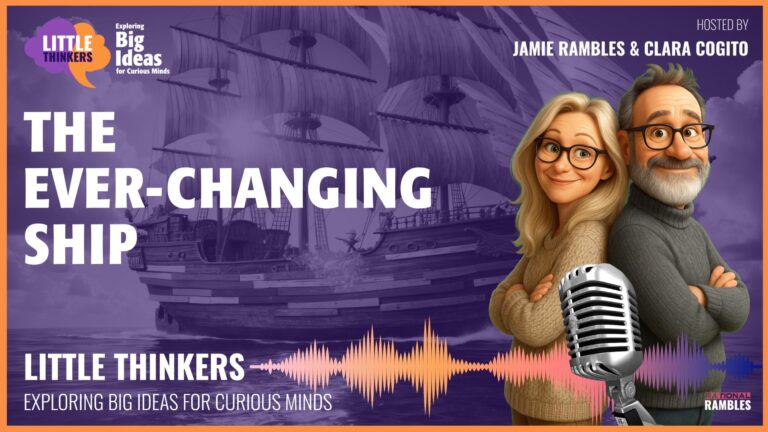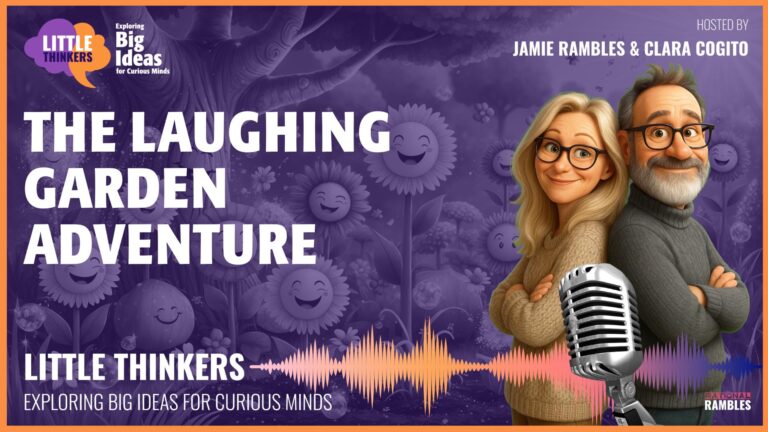The Mystery of the Disappearing Sand Pile: When Does a Pile Stop Being a Pile?
A Sandy Puzzle That Will Make Your Brain Wiggle!
Have you ever built a sandcastle at the beach and watched as the waves slowly washed it away? First the tower disappears, then the walls, until all that’s left is a bumpy spot in the sand. But here’s a tricky question: at exactly what moment did your sandcastle stop being a castle?
This puzzle is super old—even ancient Greeks thought about it thousands of years ago! They called it the Sorites Paradox (say: so-RYE-teez), which means “the heap puzzle” in Greek. Let’s dig into this sandy mystery together!
The Pile That Refuses to Disappear
Imagine you have a big pile of sand in front of you. It’s definitely a pile—tall, cone-shaped, and full of tiny grains. Now, watch what happens:
- If you take away one grain of sand, is it still a pile? Yes!
- If you take away another grain, is it still a pile? Yes, of course!
- What if you take away a third grain? Still a pile, right?
You could keep doing this for a long time. Taking away just one grain of sand doesn’t change a pile into a non-pile. But here’s where it gets weird: if you keep taking away one grain at a time, eventually you’ll have just one grain left. Is one grain of sand a pile? No way!
But wait—if taking one grain away always leaves us with a pile, how do we ever reach a point where it’s not a pile anymore? BOOM! Brain explosion! 🤯
Try This at Home!
Grab some dry pasta or a bunch of small toys. Make a pile. Then slowly take away one piece at a time. Ask your family: “Is this still a pile?” Keep going until everyone disagrees. Where did your pile stop being a pile?
Fuzzy Boundaries Are Everywhere!
This isn’t just about sand piles. The whole world is full of these “fuzzy boundaries.” Think about these examples:
- When does a puddle become just a wet spot? There’s no exact moment!
- When does “cold” become “hot” if you slowly turn up the temperature?
- When does someone stop being “short” and become “tall”? Is there an exact height?
- When does a baby become a toddler? There’s no special second when it happens!
Colors are super fuzzy too! If you slowly mix red paint with yellow paint, adding just a tiny bit more yellow each time, at what exact moment does the color stop being red and start being orange? It’s impossible to say!
The Rainbow Challenge
Look at a rainbow or a color wheel. Can you point to the exact spot where orange turns into yellow? Or where blue becomes purple? It’s like the colors are playing hide-and-seek with the boundaries!
Why We Still Need Categories
Even though boundaries are fuzzy, we still need words like “pile,” “tall,” and “red” to talk about the world. Imagine trying to ask your friend to pass the blocks without using the word “pile”!
“Could you please pass me that… um… collection of blocks that might or might not be considered numerous enough to qualify as multiple objects arranged in a certain way?” That would be SUPER complicated!
Our brains love putting things in categories with labels. It helps us make sense of all the stuff around us, even when the edges of those categories are blurry.
The Forest Mystery
Let’s play a game! When does a group of trees become a forest?
- 1,000 trees together? Definitely a forest!
- 100 trees? Probably still a forest.
- 20 trees? Maybe a small forest?
- 5 trees in your backyard? Probably not a forest.
- 1 tree? Definitely not a forest!
But there’s no tree-counting rule that says “499 trees = not a forest, 500 trees = forest.” The boundary is fuzzy!
More Fuzzy Words to Think About
See if you can think about the fuzzy boundaries in these words:
- Bald – How many hairs can someone have and still be considered bald?
- Dark – When does a room go from being light to being dark?
- Friend – When does someone change from being “just a classmate” to being your friend?
- Clean – When does a messy room become clean as you pick things up?
Computers and Fuzzy Thinking
Scientists who work with computers have to deal with this problem all the time! When they teach computers to recognize cats in pictures, they need to tell the computer exactly what counts as a cat. But is a picture showing just a cat’s tail enough to count? What about just whiskers? What if it’s a cartoon cat?
Sometimes computer scientists use something called “fuzzy logic” which is a special way of thinking that allows for in-between answers. Instead of just saying “This is a pile” or “This is not a pile,” fuzzy logic can say “This is 75% a pile” or “This is 30% a pile.”
Guess what? Your brain already uses fuzzy logic without you knowing it! You’re a fuzzy logic expert! High-five to your amazing brain! 🖐️
Can We Solve the Puzzle?
Philosophers (people who think about big questions for a living) have been scratching their heads over this puzzle for more than 2,000 years! And they still don’t all agree on the answer.
Some say we should just accept that words like “pile” are naturally fuzzy around the edges. Others think there must be an exact boundary, but we just can’t see it.
Maybe the real lesson is that language is like a toolbox we created to help us talk about the world. Sometimes our tools aren’t perfect—like using a big paintbrush to paint tiny details—but they still work pretty well most of the time!
Fuzzy Boundaries Might Actually Be Good!
Having fuzzy boundaries gives our words flexibility, like stretchy pants that still fit even if you grow a little. The world is complicated and always changing—fuzzy words help us talk about it without getting stuck on tiny details!
Become a Fuzzy Detective!
Here are some fun experiments you can try:
- The Pasta Pile Challenge: Ask different people: “How many pieces of pasta make a pile?” Compare their answers!
- The Color Mix: If you have paints, try mixing two colors very slowly. When does one color become another?
- The Dark Room Test: In a room with a dimmer light switch, slowly dim the lights and have everyone call out when they think it becomes “dark.”
- The Growing Line: Draw a very short line on paper. Keep making it a tiny bit longer. Ask people: “When does it stop being short and start being long?”
Why Thinking About Hard Questions Matters
The ancient Greeks gave us this puzzle because thinking about tricky questions makes our brains stronger—just like exercise makes our muscles stronger! Even if we can’t solve the paradox perfectly, we learn a lot by thinking about it.
So the next time you’re at the beach building a sandcastle, you can amaze your friends by asking: “At what exact moment did these grains of sand become a castle?” Watch their eyes go wide with wonder!
Remember, it’s totally okay if some questions don’t have perfect answers. The thinking is what matters! Keep wondering, keep questioning, and keep building your brain muscles!
What Do YOU Think?
How would you solve the puzzle of the vanishing sand pile? Is there an exact number of grains that makes a pile? Or is “pile” just a fuzzy word? What other fuzzy words can you think of in your everyday life?
The more you think about it, the more you’ll see fuzzy boundaries everywhere you look. And that’s not confusing—that’s amazing!
